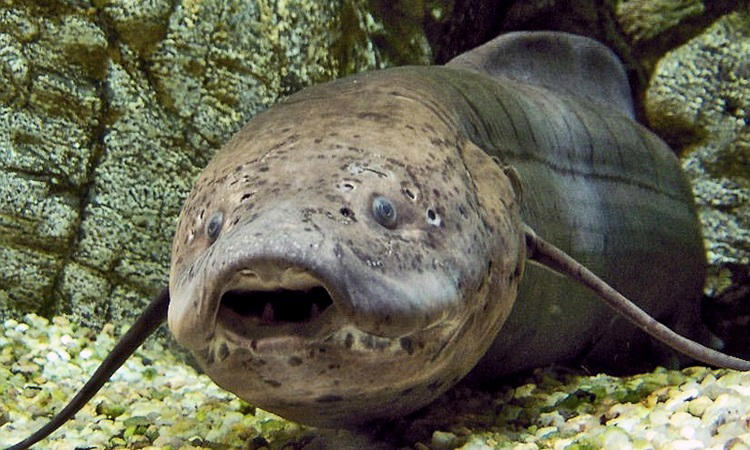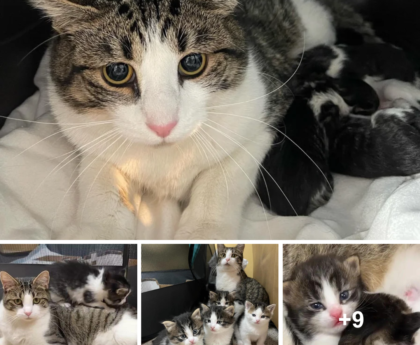The lungfish has existed on Earth for 390 million years and has evolved a special hibernation mechanism to survive prolonged periods of heat and drought.
Growing up to a meter long, with an eel-like appearance and a contrasting spotted skin with brown-olive scales, lungfish inhabit the interface between aquatic and terrestrial life. Possessing a pair of lungs, they must surface regularly to obtain oxygen, as their gills do not adequately supply oxygen. Unlike most fish, lungfish can endure when rivers dry up during the dry season.
While other fish species may retreat into cramped waterholes or migrate, African lungfish burrow into the dry riverbed. There, they encase their bodies in a cocoon of mucus, leaving only a small opening for their mouths, allowing them to breathe air and survive without food or water for many months, even up to 4 years. This is a process called aestivation, occurring when animals activate a temporary state of reduced activity both physically and metabolically to cope with hot and dry conditions.
Aestivation is primarily observed in tropical animals. Naturalists during the Victorian era sought to transport African lungfish halfway around the world to England and the United States to observe their physiological traits. Since then, technological advancements have unveiled the cellular and genetic processes behind lungfish aestivation. Without limbs to move on land and the risk of being isolated from other environments when water dries up, African lungfish evolved to survive in an inactive state in mud burrows until water returns.
The initial phase of aestivation, sensing changes in the surrounding environment indicating increasing heat and dryness, prompts lungfish to dig into the mud, using their muscular mouths and bodies. They then retreat into the burrow, coil their long bodies, and produce a copious amount of mucus. Once solidified, the mucus forms a waterproof cocoon, with only a narrow opening connecting to the water’s surface, allowing the fish to breathe air with their lungs.
Genetic analysis reveals increased hormone signaling in the brain due to upregulated gene activity. Metabolic shutdown begins during maintenance, starting as soon as the mucus cocoon fully dries. Oxygen uptake occurs solely through the lungs, with oxygen consumption halved compared to active lungfish underwater. These changes accompany a significant reduction in metabolic activity, heart rate dropping to 2 beats per minute (compared to the usual 25 beats per minute), and cessation of ammonia production. Various body organs undergo changes, including the intestine, kidney, and heart, reflecting decreased function during aestivation. Stored reserves within the body serve as the lungfish’s sole energy source.
Large numbers of white blood cell clusters are stored in the intestine, kidney, and reproductive glands of lungfish during the wet season, playing a role during aestivation. A 2021 study published in Science discovered mucus cocoons filled with these white blood cell clusters, preventing disease-causing agents from reaching aestivating lungfish. The white blood cells migrate from storage sites in internal organs, traverse the bloodstream to the skin, and enter an inflammatory state before completing their journey within the cocoon. Here, they create a barrier outside the cells, preventing bacterial transmission to aestivating lungfish, rendering the cocoon immune.
Finally, when water returns, lungfish emerge from their aestivation state as their mouths, the only part not covered by the mucus cocoon, fills with water. This marks the beginning of the arousal phase of aestivation, also the most mysterious phase of all three. Struggling to crawl out of the cocoon and sluggishly rising to the water’s surface, lungfish excrete accumulated waste during the aestivation period. After about 10 days, the time required for internal organs to restart, lungfish begin feeding again.
African lungfish have remained largely unchanged for 390 million years, with lungfish fossils dating back to the Devonian period. However, they are facing threats from human activities. For instance, marbled lungfish populations decreased by 11% in the Victoria basin in just 5 years due to overfishing and agricultural activities leading to degradation and disappearance of wetlands




